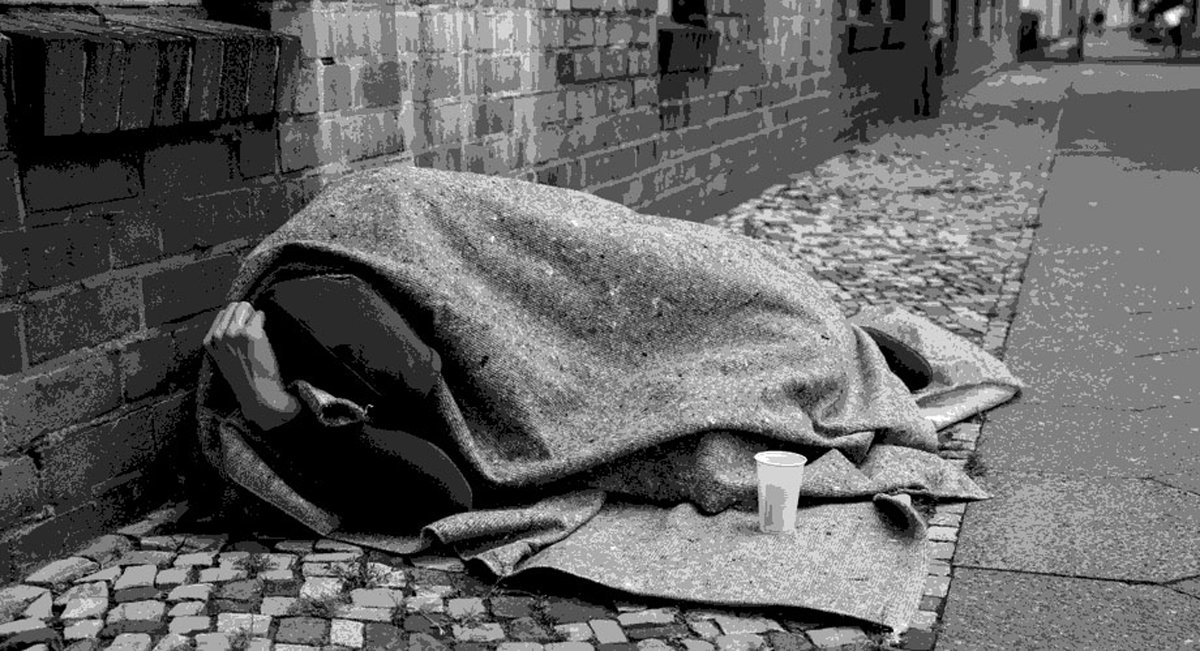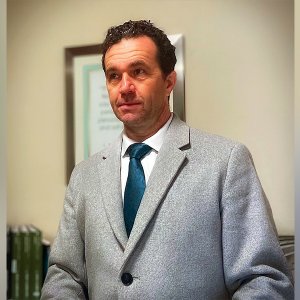Is Heroin-Assisted Treatment a Solution for Addiction in the EU?

In the early 1990s, images of Zurich’s “Needle Park” sent shock waves around the world. Here, in a park next to the Swiss National Museum, a colony of individuals addicted to heroin traded drugs, shared needles, huddled in blankets and tried to cling to life. Swiss humanitarian and medical organizations converged to find a solution to this social catastrophe that robbed health, dignity and lives. One of the solutions that developed from this disaster was heroin-assisted treatment or HAT.

HAT is a method of treatment for those who have already tried rehab and substitution drugs like methadone or buprenorphine and were not able to stay committed to those programs. When a person is being treated with HAT, he (or she) receives pharmaceutical-grade heroin three times a day.
Is this form of treatment successful? Of course, that depends on your definition of success. While this program gets lots of attention and validation from international agencies, there aren’t actually that many people receiving this kind of treatment. From a recent summary of treatment in Switzerland:
- There are between 22,000 and 24,000 people in Switzerland addicted to heroin.
- Of these, 16,500 are in treatment.
- 92% are being treated with daily doses of methadone or buprenorphine.
- Only about 1,300 addicted people are being treated with HAT.
It’s true that there are measurable improvements when a person stays on a HAT program. Crime and illness statistics reduce among this population. Those receiving this heroin seldom seek and use illicitly-obtained heroin. According to one report, there have been no fatal overdoses since this program of treatment began. And overall, the costs of administering heroin are lower than the social and medical costs of uncontrolled heroin addiction.
Are There Any Downsides?
A person being treated with HAT still suffers the side effects of heroin use. According to a Swiss doctor treating the addicted, these side effects include:
- Decreased libido
- Sleep problems
- A limited capacity to experience emotional states in between euphoria and sadness.
And there are more physical and mental effects that accompany the use of heroin:
- Sedation
- Constipation
- Diminished immune system
- Damage to teeth and gums
It could be debated that the worst effect of HAT is that a person never has a chance to break free from the influence of opiates. In other words, he (or she) never experiences the joy of finally being drug-free, of getting his true feelings back and letting his body recover from the continuous effects of heroin.
If it were true that there could be no resolution to each person’s heroin addiction, then perhaps HAT is the best that could be done. But if help stops at HAT and goes no further, would this be a betrayal of a human being that, in his heart, truly wants to be free from drugs? Does anyone want to be under the influence of heroin if they have the choice to be drug-free?

In fifty years of experience helping the addicted reclaim their sober, productive lives, those of us at Narconon drug rehab centers have not found substitute drugs to be needed. In fact, no drugs of any kind are included in this recovery program.
This is a rehabilitation program that utilizes nutrition, deep detoxification and intensive life skills training to help a person back onto his feet after addiction. Even those who have failed at many rehabs – sometimes a dozen or more – have succeeded in regaining lasting sobriety at a Narconon drug rehab center in Europe or on five other continents.
Anyone looking at treatment programs in the EU should know that there is a drug-free choice at Narconon Europe in Copenhagen and other EU locations. Call Narconon Europe for details on this drug-free choice: +45 78 76 18 53.


